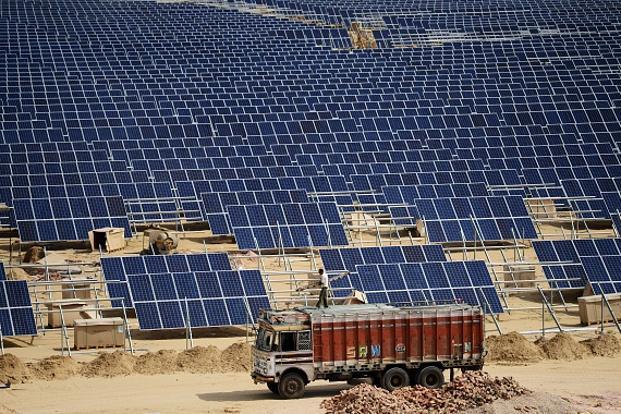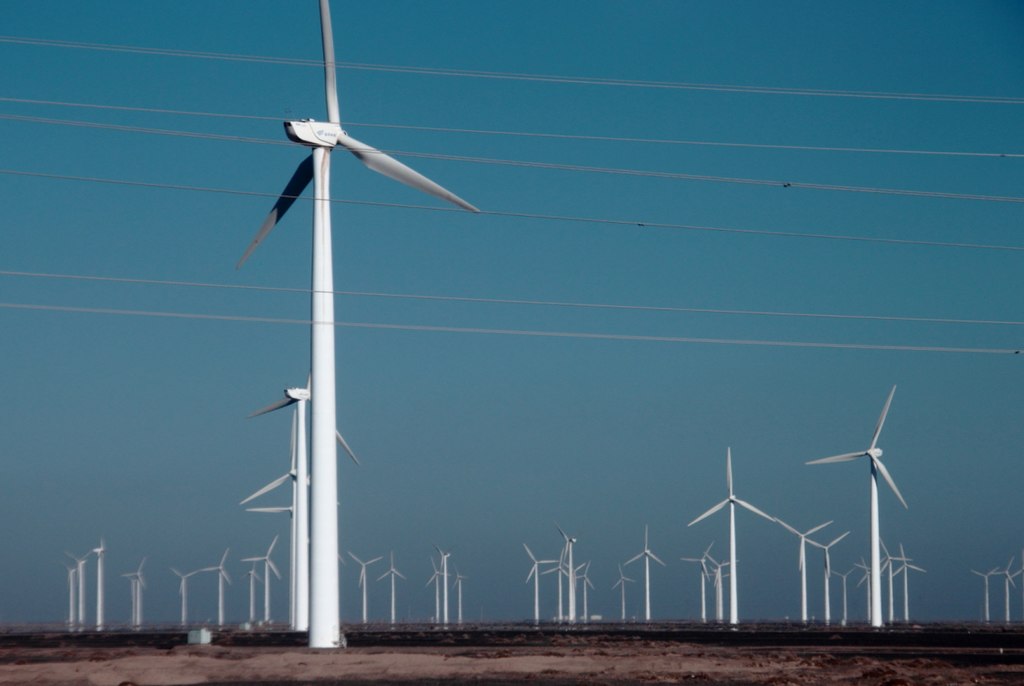12.03.2025
Solar Panels and Wind Turbines: Advantages and Limitations
Renewable energy sources, such as solar panels and wind turbines, are playing a crucial role in the global transition toward sustainability. These technologies help reduce reliance on fossil fuels, lower carbon emissions, and provide long-term cost savings. However, they also come with challenges that must be addressed for widespread adoption.
1. Advantages of Solar Panels
Solar energy is one of the most accessible and scalable renewable energy solutions.
- Renewable and Abundant – The sun provides 173,000 terawatts of energy to Earth continuously, more than 10,000 times the world's total energy use.
- Low Operating Costs – Once installed, solar panels require minimal maintenance, with an average lifespan of 25–30 years.
- Decentralized Power Generation – Solar panels enable households and businesses to generate their own electricity, reducing reliance on power grids.
- Example: The Bhadla Solar Park in India spans 14,000 acres, producing 2,245 MW, making it one of the largest solar farms in the world.

2. Challenges of Solar Panels
Despite their benefits, solar panels have limitations that impact large-scale adoption.
- Intermittency Issues – Solar energy production depends on sunlight, leading to reduced efficiency at night or in cloudy weather.
- High Initial Costs – Although prices have dropped by 80% since 2010, the upfront cost of installation remains a barrier.
- Land Use Requirements – Large solar farms require significant space, potentially affecting ecosystems.
- Waste Management – By 2050, solar panel waste is expected to reach 78 million tons, requiring improved recycling solutions.
3. Advantages of Wind Turbines
Wind energy is one of the fastest-growing renewable energy sources.
- High Energy Efficiency – Modern wind turbines can convert 45–50% of wind energy into electricity.
- Scalability – Wind farms can be built onshore or offshore, allowing for flexible deployment.
- Low Carbon Footprint – Over their lifetime, wind turbines emit 99% less CO₂ than coal power plants.
- Example: The Gansu Wind Farm in China has a planned capacity of 20,000 MW, making it the world's largest wind farm.

4. Challenges of Wind Turbines
While wind energy is effective, it faces obstacles that impact efficiency and public acceptance.
- Intermittency and Variability – Wind speeds fluctuate, requiring backup energy storage solutions.
- Noise and Aesthetic Concerns – Some communities oppose wind farms due to noise and visual impact.
- Wildlife Impact – Wind turbines can pose risks to birds and bats, leading to conservation concerns.
- Material Demand – A 5 MW wind turbine requires about 700 tons of steel, 45 tons of plastic, and 2,500 tons of concrete, increasing resource consumption.

5. The Future of Solar and Wind Energy
To maximize the potential of solar and wind energy, innovations are addressing current challenges.
- Energy Storage Advancements – Next-generation lithium-ion and solid-state batteries are improving grid reliability.
- Hybrid Systems – Combining solar and wind energy with AI-powered grids enhances efficiency.
- Floating Solar and Offshore Wind Farms – New technologies allow installation in water bodies, reducing land use conflicts.
- Example: The Hornsea Project (UK), when completed, will generate 6,000 MW, powering millions of homes.

Solar panels and wind turbines offer clean, renewable energy solutions with enormous potential. While intermittency, costs, and environmental impacts present challenges, ongoing technological advancements are making these energy sources more efficient and sustainable. As innovations continue, solar and wind energy will play a central role in achieving a carbon-neutral future.
By leveraging platforms like Plandi.io, professionals can overcome barriers and create efficient, renewable energy systems that benefit both the environment and communities. These technologies are more than tools—they are symbols of the global commitment to a cleaner, greener future.
The article was useful to you?
2
10
0